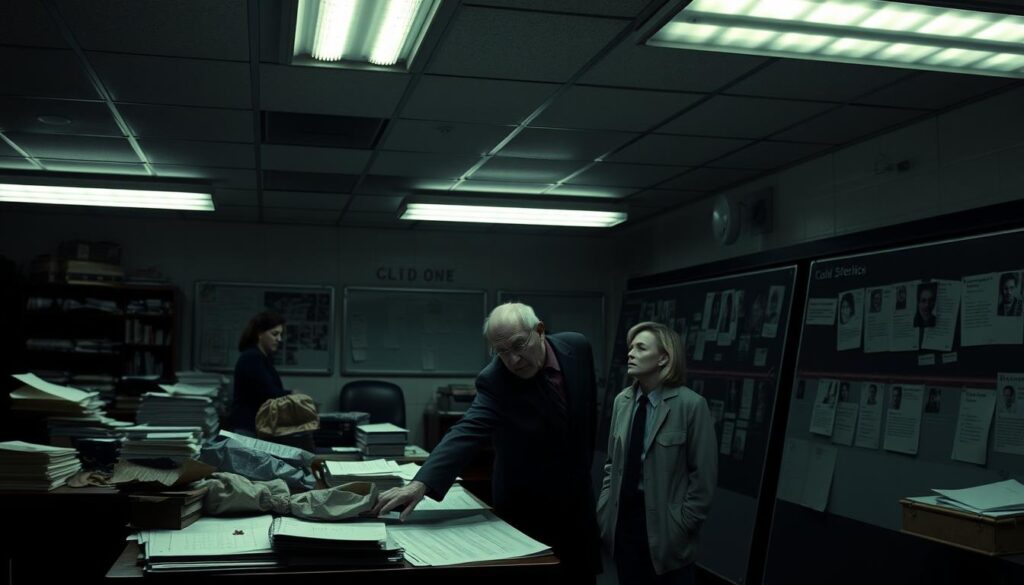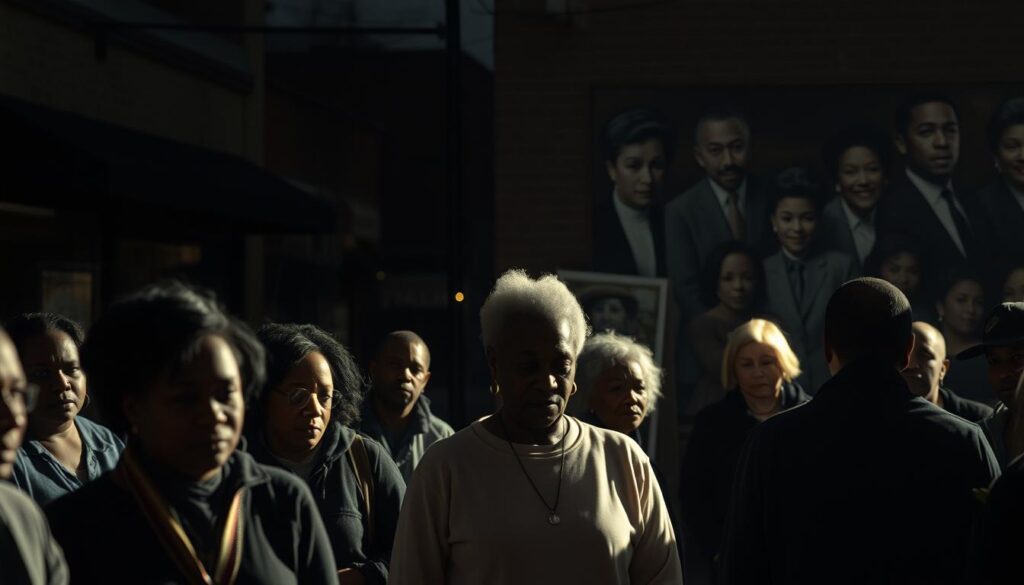Did you know some criminal investigations here remain active for over 50 years? For decades, families across this eastern province have sought answers while authorities work to resolve cases that haunt communities. Unsolved homicides and missing persons files create lingering questions, shaping how residents view public safety and justice.
Cold cases—defined as crimes where leads dry up—often involve meticulous police work spanning generations. You’ll find that rural areas and cities alike bear scars from historic incidents, including patterns once common but rarely discussed. For example, infanticide cases from earlier eras reveal societal challenges that influenced how crimes were investigated.
Advancements in forensic science occasionally breathe new life into stalled inquiries. A single confession or DNA match can rewrite narratives frozen in time. Yet many files collect dust, remembered only by grieving loved ones or dedicated officers refusing to close the book.
This exploration uncovers how geography, evolving techniques, and sheer persistence shape unresolved mysteries. From forgotten alleyways to quiet farm roads, every corner holds stories waiting for closure.
Historical Murders and Unsolved Cases
Some mysteries refuse to stay buried. For over seven decades, certain violent acts have left investigators grasping for answers while shaping the province’s criminal legacy. These unsolved homicides reveal patterns of violence across rural and urban settings, each case offering clues about societal challenges of their time.

The Percey Doak Case (1945)
A knock at the door ended in tragedy for 58-year-old Percey Doak. On October 1, 1945, the storekeeper was shot through his residence entrance near McGiveny Junction. Witnesses reported hearing Doak argue with an unidentified man moments before the midnight gunfire. Despite recovering the murder weapon, RCMP never made arrests.
William Puddington’s Unsolved Murder (1949)
Veteran taxi driver William ‘Pop’ Puddington faced deadly consequences during a routine fare. Two passengers specifically requested his services before beating him to death on Boar’s Head Road. His car turned up miles away, suggesting multiple perpetrators fled the scene. The case highlights risks faced by late-night workers.
The Felsing Couple Tragedy (1965)
John and Isabelle Felsing’s evening dog walk ended horrifically on October 19, 1965. A single shotgun blast struck both simultaneously in Lincoln. Investigators couldn’t determine if hunters caused an accident or if the couple were targeted. No arrests followed, leaving this unsolved homicide shrouded in doubt.
| Year | Victim | Key Details | Status |
|---|---|---|---|
| 1945 | Percey Doak | Storekeeper shot at residence | Open |
| 1974 | Beatrice Redman | Stabbing after church service | Unsolved |
| 1949 | William Puddington | Taxi driver assault | Cold case |
Modern Investigations and Cold Case Breakthroughs
Time doesn’t erase guilt—it just changes how investigators chase it. Advances in DNA analysis and digital forensics now let detectives revisit evidence with fresh eyes. Public engagement through online platforms has become critical to cracking cold cases that once seemed hopeless.

Recent Developments and Confessions
In 2009, David Joseph Ouelette shocked authorities by confessing to two unsolved homicides—the 1991 killing of Douglas James Edgett and Cheryl Pyne’s 2004 disappearance. His statements matched evidence police had struggled to connect for years. Similarly, Raymond Joseph White’s 2010 admission about a 1995 double murder gave closure to a Sackville family after 15 years of uncertainty.
Updates from RCMP and Crime Stoppers
The New Brunswick RCMP maintains publicly accessible cold case files online, urging citizens to review details and submit tips. Crime Stoppers complements these efforts by offering anonymous reporting options—over 40% of their tips involve pre-2000 cases. “Even small details matter,” explains an RCMP spokesperson. “Someone’s memory could hold the key.”
Technology plays a growing role. Facial reconstruction software recently helped identify a 1980s John Doe, while genetic genealogy cracked a 30-year-old assault case. These tools transform how detectives approach aging evidence, turning forgotten crimes into solvable puzzles.
murders in new brunswick canada: Key Figures and Community Impact
Communities bear invisible scars long after headlines fade. Violent crimes ripple through neighborhoods, reshaping trust and safety perceptions. Families often become frontline advocates, pushing for answers when cases grow cold.

Community Response and Media Coverage
When 16-year-old Claire Gagnon was killed in Dieppe (1970), her family transformed grief into action. They distributed flyers and petitioned authorities for decades. “We refuse to let her become a statistic,” her sister told reporters in 1998.
Modern cases like Kari Lynn Rose Campbell’s 2021 disappearance show similar patterns. Her relatives offered a $10,000 reward and partnered with Saint John Police to maintain public awareness. Media coverage often spikes during anniversaries or when new evidence emerges.
Statistical Overviews and Crime Trends
Urban centers report higher clearance rates than rural areas. Saint John sees 78% of homicides solved within five years, compared to 52% in smaller towns. Most unresolved cases involve victims last seen near their residence.
| Location | Solved Cases | Unsolved (5+ years) |
|---|---|---|
| Saint John | 89 | 24 |
| Fredericton | 67 | 18 |
| Rural Areas | 41 | 39 |
Collaborations between local police and RCMP have improved since 2000. Yet 33% of unsolved homicides involve transient populations or night-shift workers—groups historically underserved by justice systems.
Conclusion
Justice doesn’t expire—it evolves. For over 80 years, unresolved cases have tested police resources across the province. Yet breakthroughs still occur when solved through public tips or DNA matches, proving time alone won’t erase truth.
Your awareness matters. Platforms like Crime Stoppers rely on community help to revive stalled investigations. Even details forgotten for decades can unlock answers, as seen in recent confessions tied to 1990s crime scenes.
Technology reshapes possibilities. Genetic genealogy and digital reconstructions now breathe life into evidence from any year. These tools ensure no case becomes obsolete, offering families renewed hope.
Behind every file lies human stories—neighbors, workers, and loved ones seeking closure. The public plays a vital role in honoring their legacies. If you know something, speak up. In New Brunswick, justice remains a shared responsibility, demanding persistence long after headlines fade.

